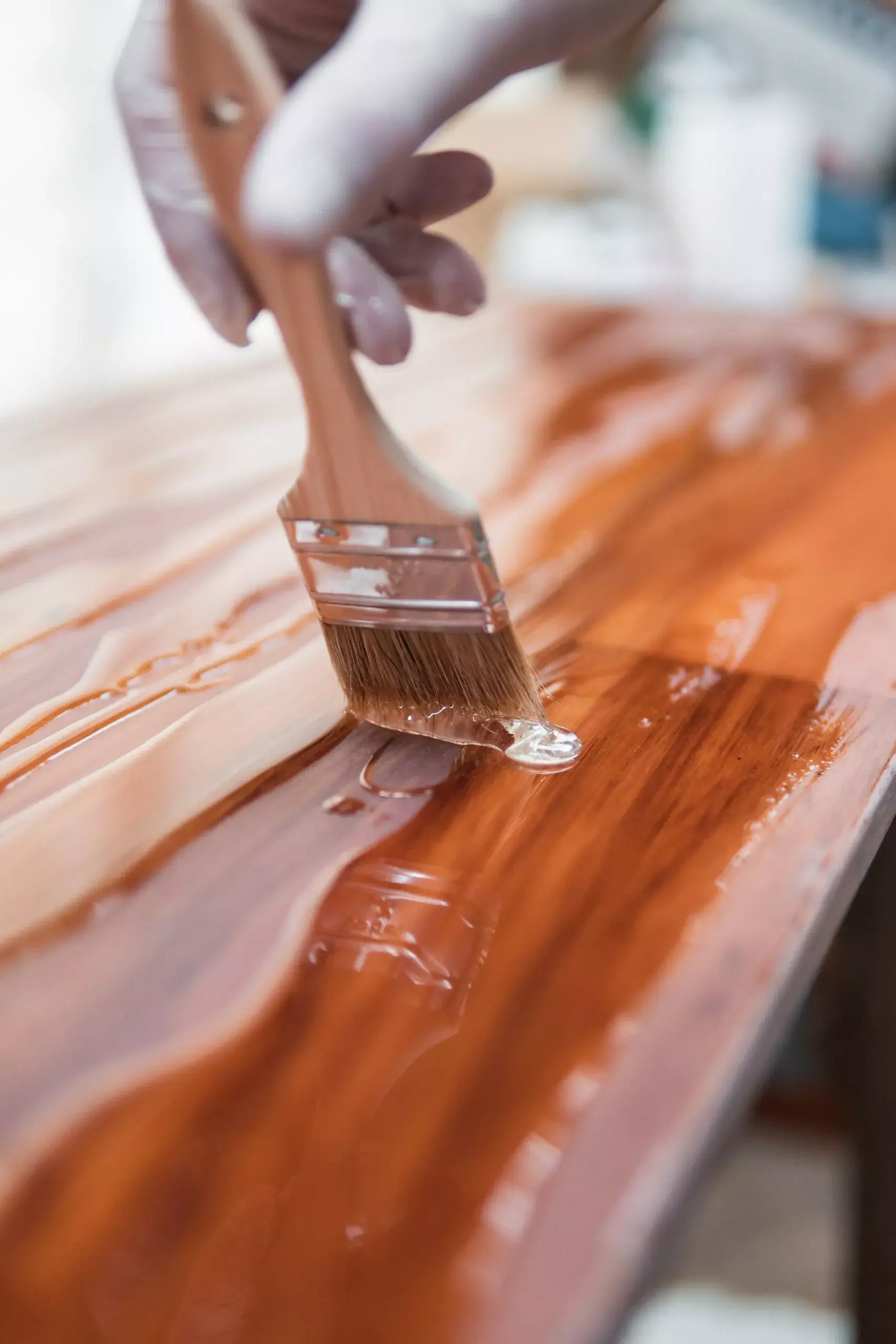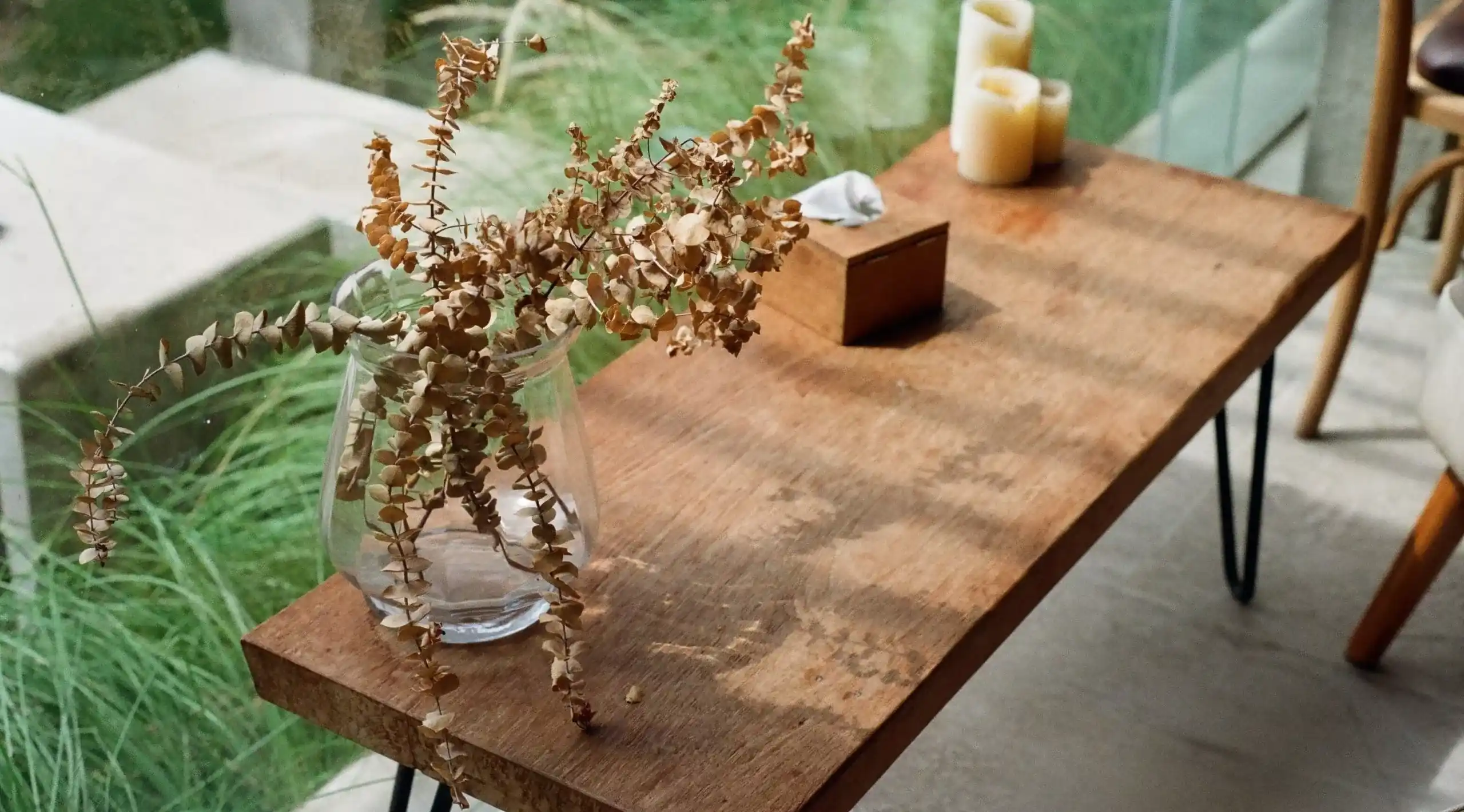When it comes to ensuring the longevity of your indoor furniture, the last thing on a homeowner’s mind is often indoor humidity. What you may not know is, depending on how high humidity levels are inside your home, there may actually be damage caused to your furniture. The real question, though, is just how much does indoor humidity really damage said furniture? In other words, to what extent do you, as a homeowner, need to worry about it?
Signs that Indoor Humidity is Affecting Your Furniture
There are several indoor furniture items that indoor humidity will not affect, such as leather furniture and indoor furniture made from plastic or metal.
Wood furniture is a different story. Wood, as a building material, tends to expand, weaken, and crack if exposed to water for extended periods of time. If you notice any of the following warning signs on your wood furniture, indoor humidity is causing serious damage:
- Cracking or splitting in the finish of wood furniture. This usually presents as horizontal or vertical seams appearing on the surfaces.
- Warping of wood fibers, with most severe cases resulting in the furniture appearing to be buckling.
- Peeling paint on indoor furniture is caused by indoor humidity as well, giving it an aged appearance.
- Sogginess or mold on wood furniture that does not typically spend time outdoors or exposed to water.
How to Protect Your Indoor Furniture From Humidity Damage
There are several ways to prevent your indoor furniture from being damaged by humidity. These range from taking steps to lower the humidity in your home by doing things like:
- Using your air conditioner – Turning your A/C on not only cools the air down, it can also help eliminate small amounts of indoor humidity
- Use exhaust & ventilation fans – These fans are usually located in bathrooms and kitchens, and help combat indoor humidity in rooms that experience higher levels of humidity on a daily basis
- Lower the temperature of your showers – To prevent the addition of water droplets into the air, and the need to use ventilation fans, in the first place, take cooler showers
- Fix leaky pipes – The water droplets in your air may have gotten there due to a leak in your pipes, through no fault of your own
- Purchase a dehumidifier – The job of a dehumidifier is to lower, sometimes even eliminate, excess moisture from indoor air
How will you know that these steps are necessary, and when your home has adequate humidity? With an indoor humidity monitor! These indoor humidity monitors will inform you of the humidity level inside the home, and allow you to take the necessary steps to protect your indoor furniture from cracking, splitting, warping and peeling.

Aside from monitoring humidity levels, you can prevent damage to your indoor furniture with a protective layer of sealant. Some common sealants include:
- Pure tung oil- Both preserves and enhances the appearance of wood. Creates a transparent film with a deep color.
- Polyurethane- Protects furniture from scratches and helps to resist water. Provides smooth, glossy finish with improved durability
- Varnish- A varnish will harden on the outer layer of wood furniture. They are highly durable and can either be clear or tinted.
- Shellac- Gives wood a natural finish which enhances natural grain while also adding smoothness. Compared with polyurethane or lacquer, shellac appears less plastic-like.
- Lacquer- Often used on high end furniture. Typically sprayed rather than applied by brush. They create a water resistant barrier and come in a variety of shades and finishes.
Conclusion: Fact or Fiction?
Fact! Indoor humidity can definitely damage furniture, especially if it is made from wood. Wood is porous, so it easily absorbs water which leads to the expansion and warping of furniture. When humidity rapidly drops, the air looks for places to pull water from. Since wood absorbs water easily, it can also quickly lose water in settings with very low humidity. Thankfully, there are some easy steps to take to protect your furniture and regulate the humidity in your home. If the humidity in your home is constantly too high or too low, consider the installation of an air humidifier or dehumidifier. We’re here to help you keep your indoor air quality and your furniture in the best condition.







